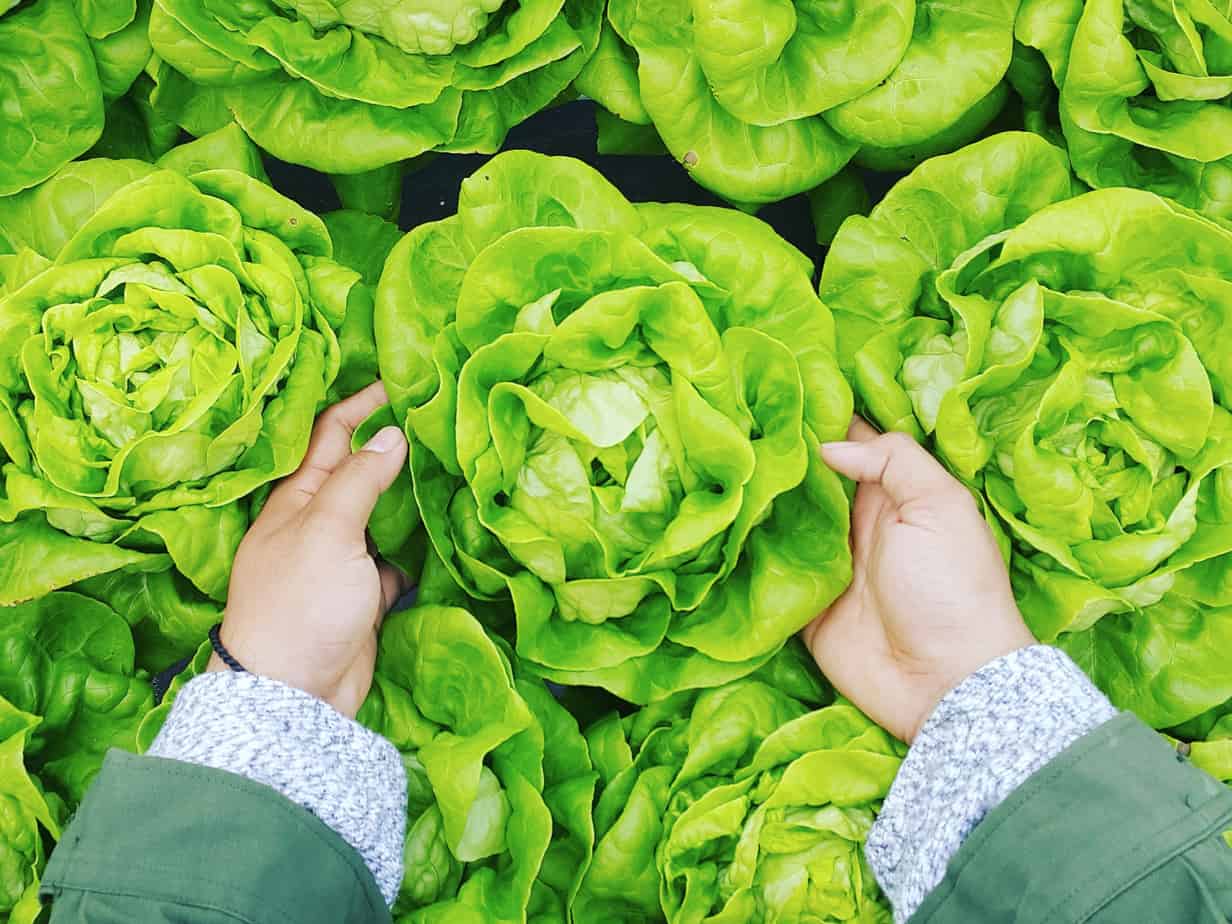
"Leafy greens are among the healthiest foods you could eat, says Consumer Reports. Nutritionists agree that the health benefits are substantial."
"In a Centers for Disease Control and Prevention study that calculated nutrient density for almost 50 fruits and vegetables, 17 of the top 20 were leafy greens. Research shows that a diet that contains plenty of leafy greens is linked to a reduced risk of heart disease, certain cancers, macular degeneration, and type 2 diabetes. They may also help to keep memory sharp as a person ages."
"There are several ways to serve up safer greens, and cooking will kill harmful bacteria. Eat a variety of types: Most greens have a healthy nutritional profile, but each kind also has its individual superpowers:
- Arugula: Arugula is rich in vitamin K, which helps to prevent osteoporosis and inflammatory disease. Like other cruciferous veggies (i.e., broccoli and brussels sprouts), it has glucosinolates, which may protect against certain cancers. It’s tasty in salads or sautéed
- Butter: This family of mild-flavored head lettuce with soft, loose leaves doesn’t have quite the nutrient profile of certain darker greens, but 2 cups supplies 85 percent of your daily vitamin K need, along with some iron and vitamin A
- Collards: This cooking green is rich in calcium, fiber, folate, and the antioxidant carotenoids beta carotene and lutein. Sautéing in olive oil, garlic, and a little smoked salt adds flavor and keeps it healthier than the traditional ham hock or bacon preparation
- Iceberg: Though it ranks toward the bottom of the greens list nutritionally, it still provides some potassium, vitamin C, and folate
- Kale: Turn to kale for vitamins C and K, lutein and zeaxanthin (which may help to protect against age-related macular degeneration and possibly cataracts), and cancer-fighting glucosinolates. Use baby and mature kale in salads; the latter can also be cooked in soup or pasta
- Red or Green Leaf: Both are rich in vitamins A and K; green leaf is higher in vitamin C. Red leaf lettuce gets its color from the flavonoid antioxidant anthocyanin, which may help to lower levels of LDL (bad) cholesterol
- Romaine: Beta carotene, which your body converts to vitamin A, and folate are its standout nutrients. It’s best in salads or on sandwiches that need crunch, and can also stand up to a quick grilling
- Spinach: This green supplies a hefty dose of vitamin K, potassium, and folate. If you eat it cooked, it will also supply iron and calcium. The oxalic acid it contains reduces absorption of these minerals from raw spinach, but cooking breaks down oxalic acid
- Swiss Chard: A cooked cup of this strongly flavored green gives you all the vitamin K that you need per day, plus vitamins A and C and antioxidant carotenoids and flavonoids. Toss into egg dishes or soups, or sauté with garlic and top with sesame seeds or lemon juice"
Both restaurants and grocers who serve/sell leafy greens can promote the health benefits of their selections through both digital and traditional ads. According to AudienceSCAN, 32.8% of Healthy/Organic Shoppers have used the internet to order food from a restaurant within the last month, and last year, these consumers were driven to action by sponsored search results (48.7%) and 35.1% clicked on text link ads on websites.
AudienceSCAN data is available for your applications and dashboards through the SalesFuel API. In addition, AdMall contains industry profiles on supermarkets/grocery stores and health/natural food stores, as well as lead lists at the local level. Media companies, sales reps and agencies can access this data with a subscription to AdMall from SalesFuel.
